Is Colour Matching Paint A Good Idea? With Farrow & Ball
When you think of paint colours, what comes to mind?
If names like Elephant’s Breath, Railings or Dead Salmon ring a bell, chances are you’ve spent some time with the Farrow & Ball colour chart.
Or maybe you’ve visited one of the newer paint brands, picked up a colour card in a beautiful showroom and then, after seeing the price, taken that card straight to a trade paint shop to have it colour matched into a different brand.
But what are the hidden costs of colour matching?
In this piece, our Strategy and Creative Lead, Miranda, sits down with Farrow & Ball for their take on colour matching. Then we turn to Phil from Paint The Town Green for the perspective from the painter’s side.
Read on for the real story behind colour matching - from both the brand and the brush.
What exactly is Colour Matching?
Farrow & Ball
“Colour matching (or colour faking) is a common practice in the interiors industry these days. There are a few reasons why people may choose to colour match, including looking for a cheaper or more readily available paint.”
PTTG
“Essentially, it’s where you find a colour, and rather than buy the paint from the original brand that came up with the colour, you replicate it into another brand.
“There is no exact science to colour matching. It can be done by eye; you can get an expert who can look at the colour and make their judgement call, or you can do it with a device called a spectrometer, which scans the paint and copies the formula into a different brand.”
“If you are considering colour matching, it’s important you ask yourself why? Are you trying to avoid something? Or are you trying to add something that wasn’t there originally?”
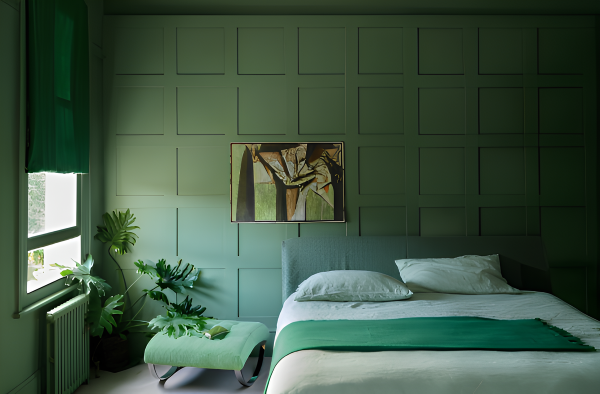
Is it possible to achieve accuracy of colour?
Farrow & Ball
“Some colour matches are better than others, but the reality is, none of them will be exactly right under every light. Every paint manufacturer will create paint according to their own recipe. Farrow & Ball paint is handcrafted using the richest pigments, all carefully selected for quality, depth and performance. Other companies will use different pigments in different quantities, so, like trying to recreate a recipe with different ingredients will lead to a dish you weren’t expecting, colour matches simply won’t be the same.”
PTTG
“Colour matching is an imitation. It is either the person's or the machine’s interpretation of a colour. There is a strong possibility that when you colour match one to the other, you are compromising the accuracy of that colour.”
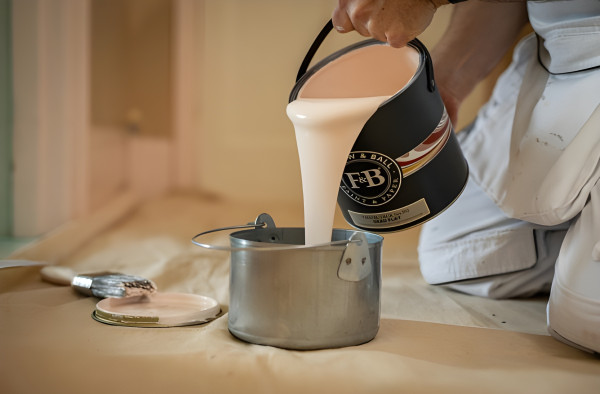
Aside from colour, what else do you risk?
Farrow & Ball
"At Farrow & Ball, we believe paint is much more than just colour. While pigment makes up only 8% of our paint, the remaining 92% is carefully crafted using the finest ingredients to ensure a smooth, durable finish. Our water-based formula contains low levels of VOCs and has the highest possible air quality rating, making it safer for your home and the environment."
PTTG
“A lot of the more expensive brands are more expensive for a reason. It’s because there are certain ingredients or there is quality to the paint or a certain finish that is unique to them. Historically, paint had a high level of toxicity, and many brands have been working hard to bring these toxic compounds (or VOC’s) to a trace level.”
Farrow & Ball
“The Farrow & Ball experts spend 18 months perfecting new colours before they’re shared with the world, making sure each one is equally beautiful in every finish and every kind of light. Imitations may look similar in one light but will pale in comparison in another.”
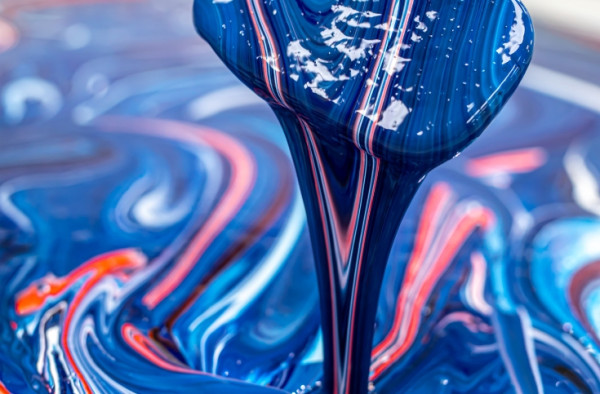
PTTG
“As soon as you decide to colour match, you must accept that the colour and finish you get will not be identical to the original. Furthermore, if the brand you are matching into has a different sheen level to the original, this will impact the accuracy of the match as different sheen levels reflect light differently, which impacts our perception of colour. “
Does colour matching affect the finished look and durability?
PTTG
“For some clients, they chose to imitate a colour because of the required finish. Paint The Town Green recently decorated the interior and exterior of Troubadour Goods in Soho using Coat Paints. As Coat doesn’t currently offer an exterior paint, the client chose to colour match the same shade into a masonry paint suitable for outside. That’s a great example of colour matching with a clear purpose.
Farrow & Ball
“As well as considering the impact of your paint while painting, you should also consider its impact over time. Farrow & Ball paint is designed to last, with scrubbable finishes like Dead Flat and Modern Emulsion achieving the best scrub rating of Class 1. This means there’s less need to repaint due to scuffs, scrapes or stains. And, after all, the most sustainable way to decorate is to decorate well and decorate once. A colour match may be cheaper but there’s a reason for that.”
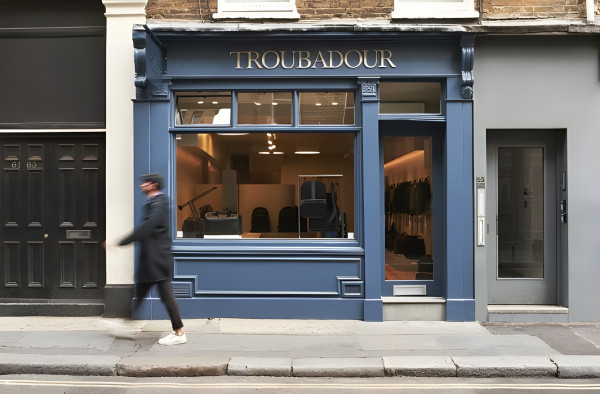
Can coverage be a reason to colour match?
PTTG
“Coverage (i.e. number of coats required) could be a driver that might make me consider imitating a colour into another brand. The majority of decorators will gravitate towards a paint brand with better coverage. Often, it’s the colour chosen that causes the coverage issues rather than the brand. This can be particularly pertinent with bold colours such as reds and greens.
How does sustainability feature?
Farrow & Ball
“Something people often forget about colour matching is that buying paint is about more than the paint itself. There’s a whole business behind every tin and you’re supporting that business when you buy from them. So, it’s important to ask yourself if you want to support the way that company behaves. How they treat their people and the planet. How they impact the local economy and support their community.”
“A certified B Corp™, sustainability is at the heart of Farrow & Ball. Every tin of paint and roll of wallpaper is handcrafted in Dorset using 100% renewable energy, zero manufacturing waste to landfill and a promise to keep doing more for the planet. But that’s not all. Sustainability at Farrow & Ball also includes caring for people, both within the company, with policies like enhanced parental leave, and beyond it. Farrow & Ball is part of Hempel, majority-owned by the Hempel Foundation, which supports projects around the world to protect biodiversity, empower children to learn, and make the wider industry more sustainable.”
PTTG
“Many paint brands are trying hard to create a holistic approach towards sustainability, but some are better than others. With the ethical consumption at the centre of many of our purchasing choices, it’s certainly worth researching into the environmental footprint of the brand you are matching into.
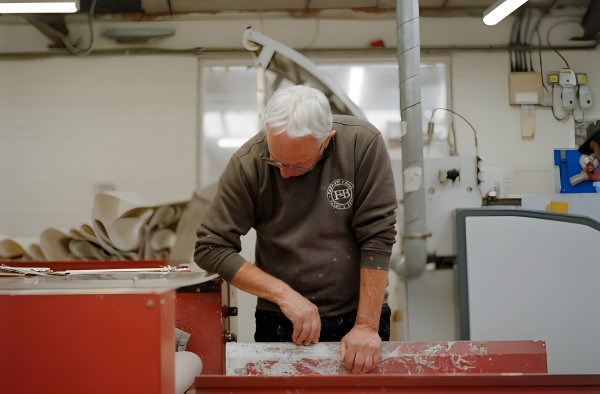
What If I am colour matching for budgetary reasons?
PTTG
“Realistically, one of the main reasons people may want to colour match is to save money, which is understandable. You still cannot patent a colour, so for homeowners looking to decorate, there is nothing legally problematic. However, it is worth bearing in mind that for commercial decorators, colour matching behind the clients back to save money, can void warranties or open disputes if the finish or durability doesn’t meet expectations
“Ultimately, it is down to consumer choice. But if you do decide to colour match, make sure you know your why’s and are prepared to face any of the unintended consequences.”